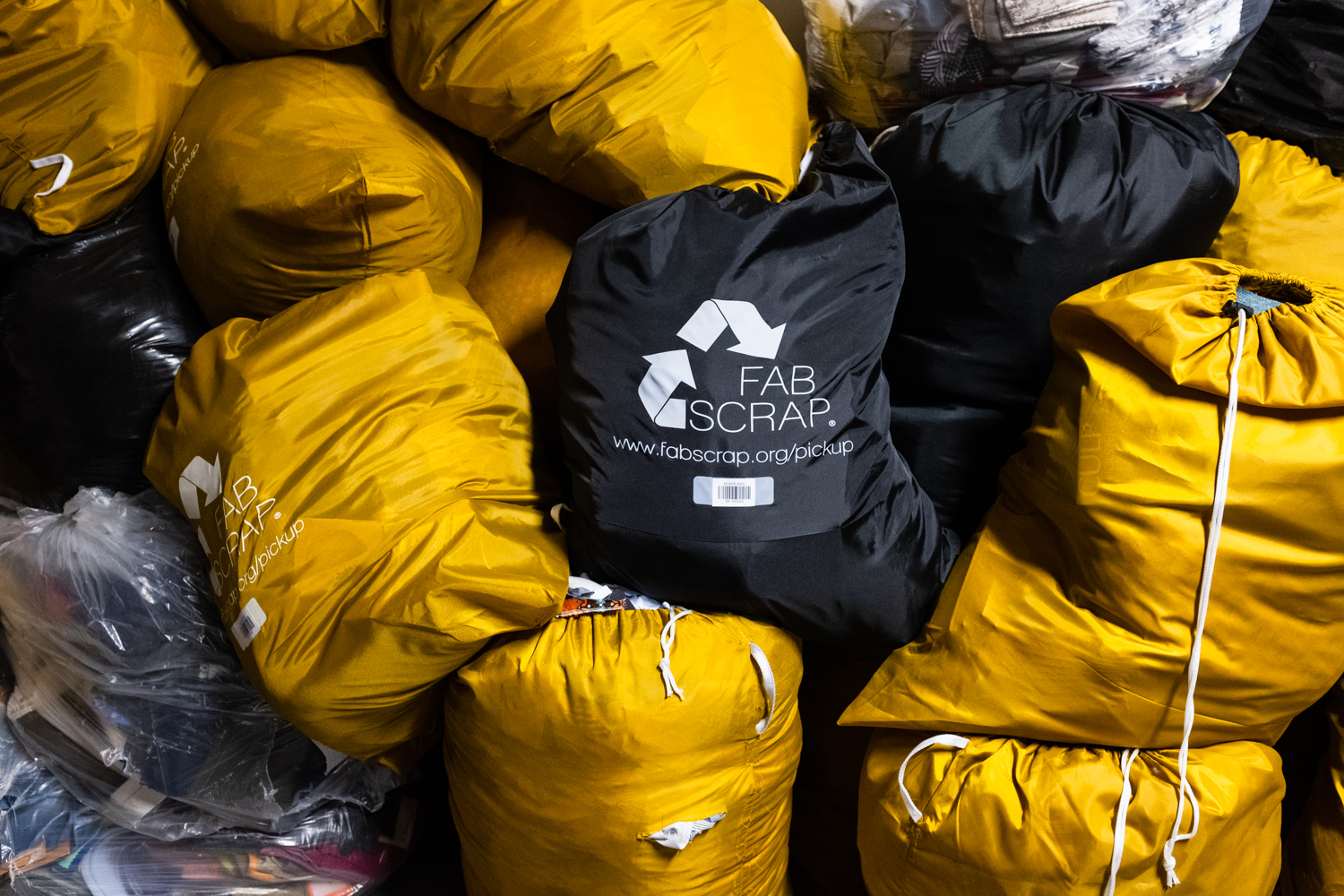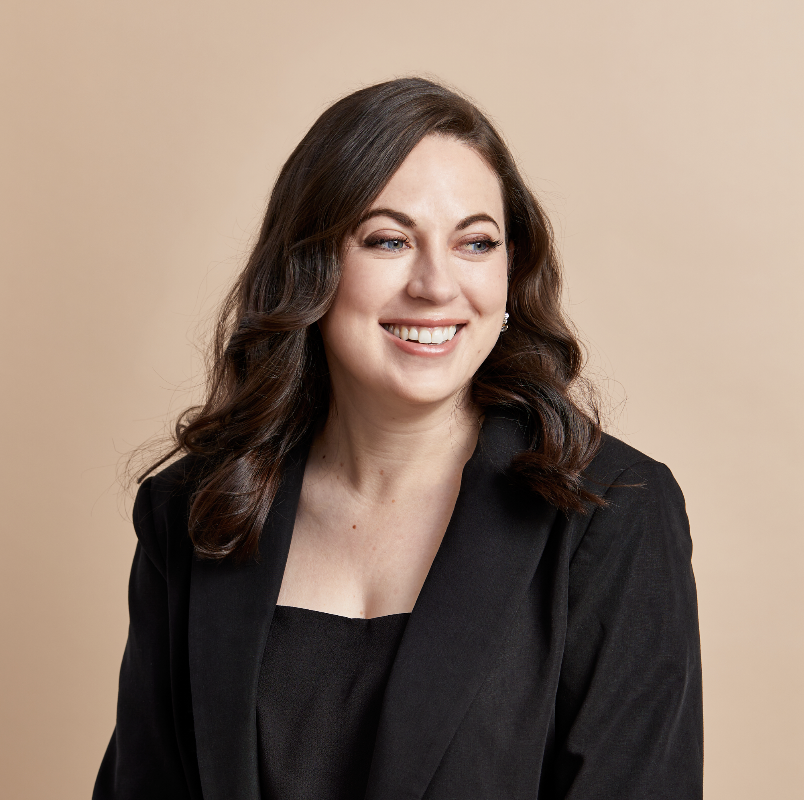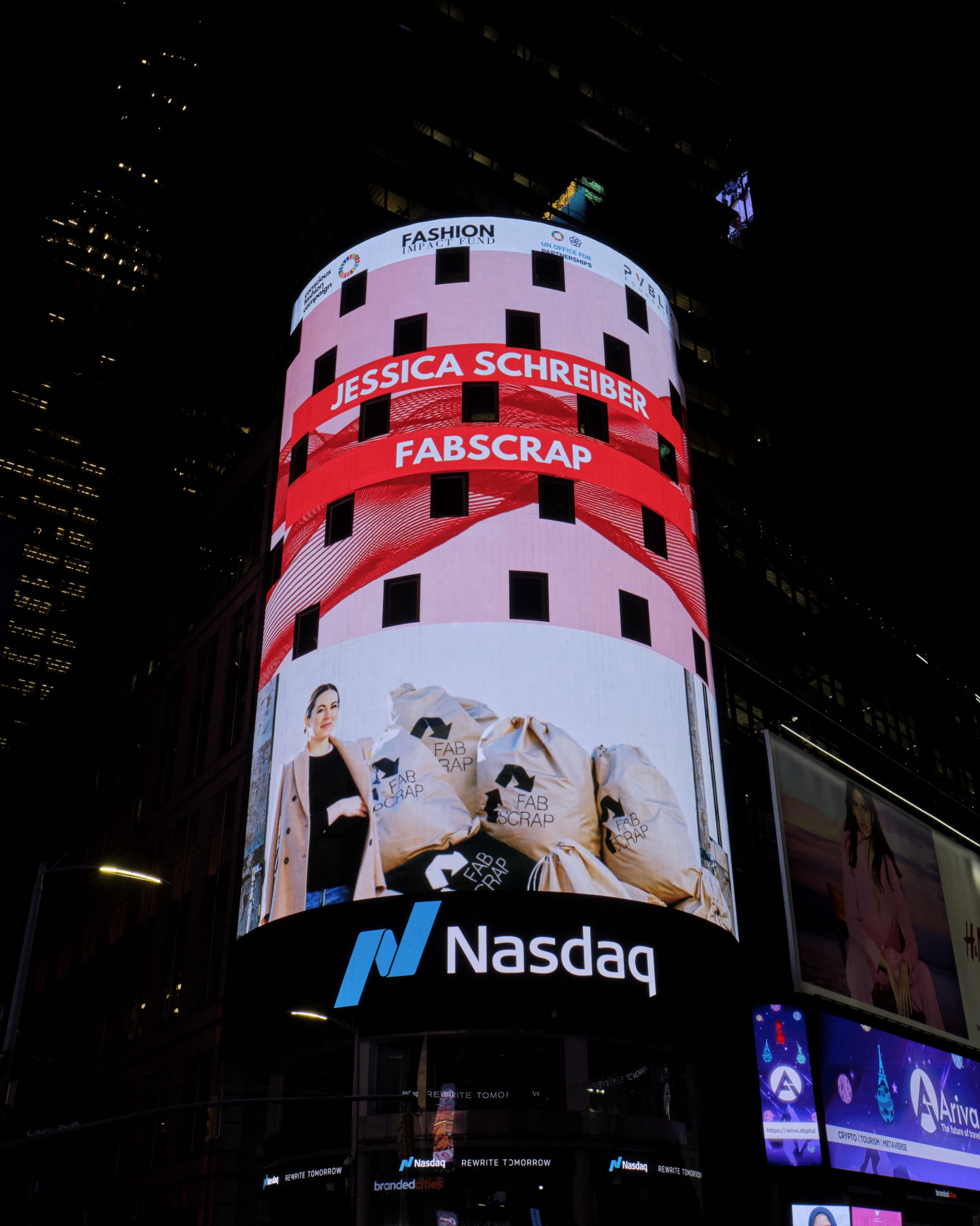
Jessica Schreiber was working in NYC’s Bureau of Recycling and Sustainability when she was approached by several brands asking how they could best recycle their textile waste. Given the city’s model, she had no answer for them at the time. “We’re so programmed to believe that businesses are only concerned with the bottom line,” she says, “yet here were several companies seeking sustainability!” Schreiber put a working group together of around 30 members, who recorded textile waste data and met regularly, sharing information and resources. It became the foundation for her nonprofit FABSCRAP, a convenient service that picks up and recycles textile waste from the fashion, interior design, and entertainment industries. They are providing creative communities with reuse opportunities; educating designers on the environmental impact of their choices; and pushing for transparency about commercial waste. Thus far, FABSCRAP has saved more than 1 million pounds of fabric from landfill (the CO2-reducing equivalent of planting 110,000 trees). —Charlotte DeFazio
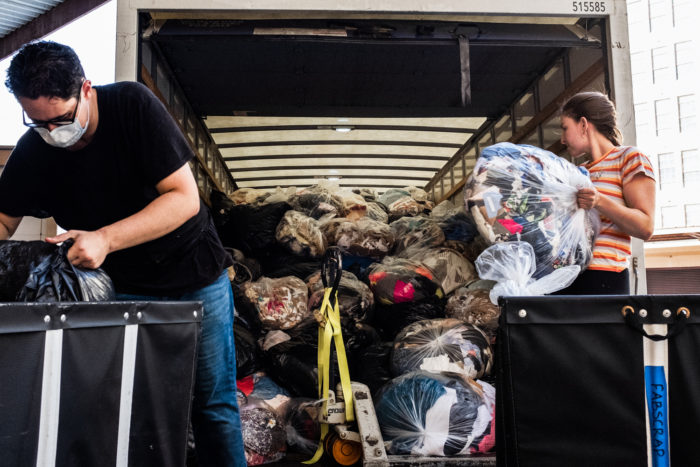
What inspired you to create FABSCRAP?
Prior to its launch, I worked at the NYC Department of Sanitation. While managing the city’s recycling program for clothing, several brands asked me how to recycle the textile waste created by their companies. It didn’t fit within the city’s program and I was unable to find another solution for them. It was frustrating; we’re so programmed to believe that businesses are only concerned with the bottom line, yet here were several companies seeking sustainability! I started a working group with about 30 members—all from within the fashion industry—to examine the problem. Shout out to those individuals who cared enough to spend time on this issue, meeting regularly and recording textile waste data from their office, and non-competitively sharing all the information and resources they could find. What I learned in this working group became the foundation for FABSCRAP.
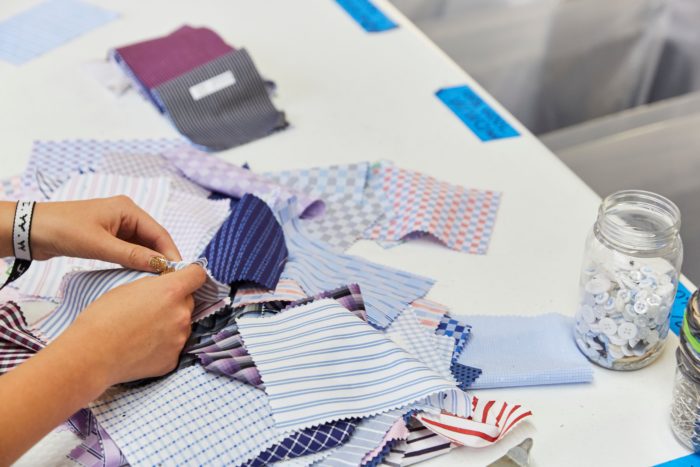
Why is it so difficult for designers to recycle their textile waste?
There are many reasons! I think the largest obstacle is the volume of design waste that is created, even by a single office. There’s a limit to how much material local schools and arts organizations can accept, sort, and display for use. Most nonprofits that accept clothing don’t also accept fabric swatch cards, excess yards of fabric, and unfinished sample garments. I also think it’s a lot to ask designers to both excel at design and understand the current state of and developments within the textile recycling industry. Not to mention, even if all the potential end uses were researched and updated regularly, sorting and prepping all their material to reach those destinations would be quite a task. That’s why FABSCRAP exists.
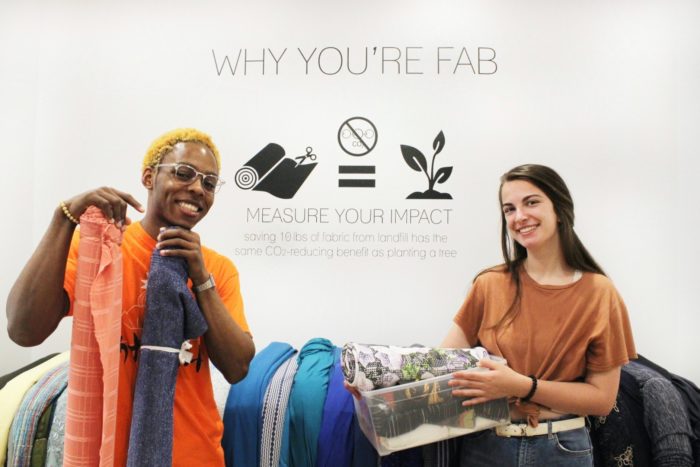
How are the fabrics sorted?
We sort incoming material with volunteer help in 3-hour sessions twice a day, Tuesday–Saturday. As a thank you for their time, volunteers can take home up to 5 pounds of fabric for free. We also have an internal team who sorts and processes all proprietary material.
Materials are sorted into the following categories:
Reuse: This is anything 1 yard or more, as well as all sequin, lace, and leather of any size.
100% wool, 100% cotton, 100% polyester (separately): There is fiber-to-fiber technology in development for these fabrics, or they are immediately reusable.
Denim: We have a specific recycling partner for this.
Spandex content: Fabrics with any spandex content cannot be recycled and will be reused.
Shred: all blends or fabrics that do not fit into the above categories
Paper
Landfill: The goal is for very little to end up in this category! It should be stickers, slip covers, broken rubber bands, tape, etc.
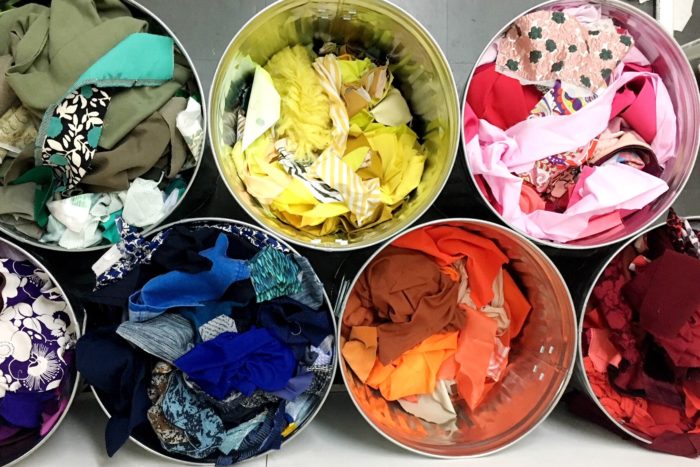
What happens to the fabrics that you are unable to reuse?
Though we collected almost 1 million pounds of material, we have reused and redistributed 60%. There’s a lot of usable yards of fabric, leather skins, cones of yarn, and trims of all kinds that are unused or unwanted. We have fabric thrift stores in Brooklyn and Philadelphia and an online store where these materials are available 20-60% below retail. Most of this material is used by fashion students, emerging designers, local artists, quilters, crafters, and makers of all kinds. We are able to recycle the remaining 40%, which will become mattress stuffing, carpet padding, insulation, etc.
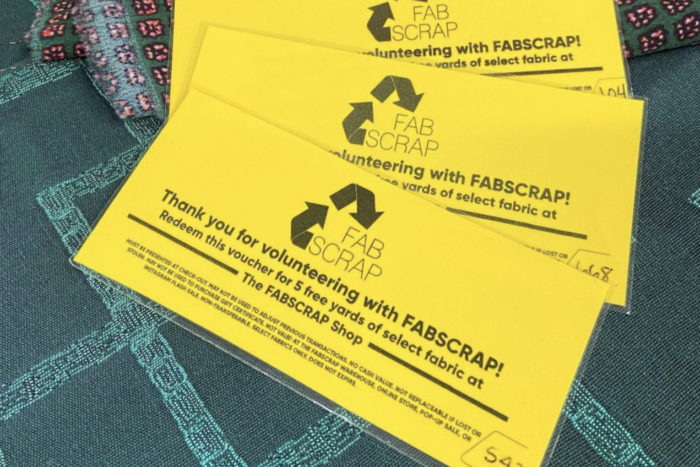
Who are some of the artists and designers that have used FABSCRAP textiles in their work?
Too many to count! Every day we are tagged in new, creative projects. It’s incredibly impressive what people are able to make from what they find at FABSCRAP. We reshare these and have a highlight on our Instagram (@fab_scrap). Every quarter, we host a featured designer or featured artist in our stores. Some of our recent ones include: Grant Blvd, Studio Pom-Pourri, Inspired Threads, Bracletote, Vallnez Mozell, Custom Collaborative, Tom’s Sons International Pleating, We Gather, Miniature Rhino, Lexi Ho-Tai, Taz the Tailor, Winnie Van Der Rijn, and Zero Waste Daniel.
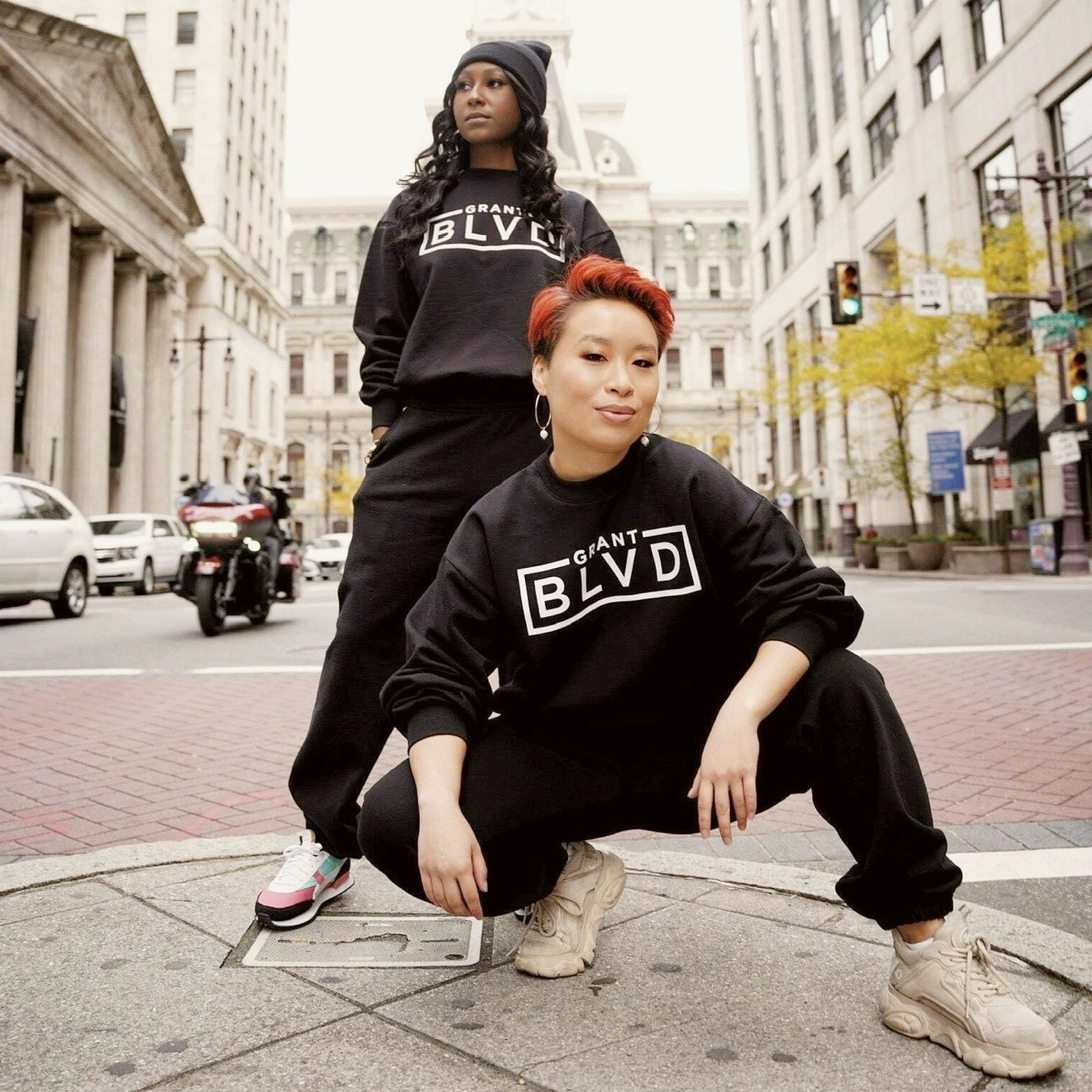
What is currently the best way for people to discard clothing?
First, consider whether or not it needs to be discarded. Can it be mended and resold? Or repaired and donated? Brought to a clothing swap? When donating clothing, I think it’s important to remember that unless the mission of the nonprofit is clothing redistribution, the organization is probably not giving your items to those in need. Instead, the sale of your donations fund that organization’s charitable mission–which is a good thing. But to really benefit their cause and support their work, the items you give them should be in good condition. This is why it’s important to wash, mend, and repair before donating. (Elizabeth Cline, author of Overdressed and The Conscious Closet, is the expert here. I recommend her books.) They will sell in bulk what they cannot resell in their own store, but at a greatly reduced rate. I don’t have a “best” way to discard of totally unusable clothing, socks, or underwear. I would just try to keep and use these items as long as possible.
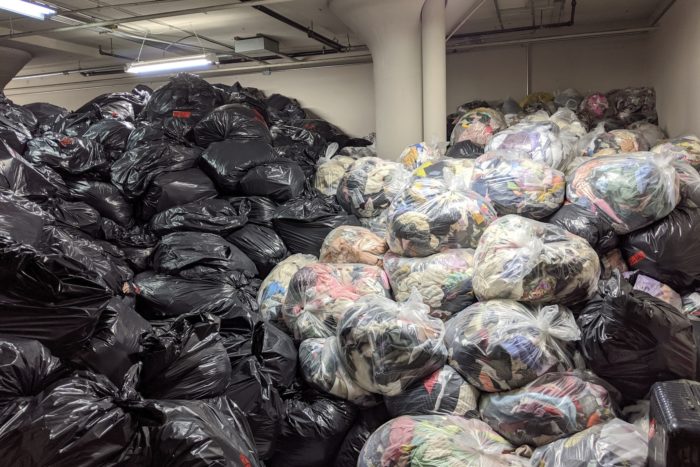
Have you noticed other organizations using a similar model to FABSCRAP outside of NYC? Do you have plans to expand to other areas?
Not really! There are a few organizations that host fabric swaps, but I think we are unique in the service we provide. We had plans to open in Los Angeles. In fact, in January of 2020, we were there to look at warehouses and interview potential partners. COVID has derailed those plans a bit, but we’re eager to open on the west coast. I think any hub of fashion and design would be possible: London, Paris, Milan, etc.
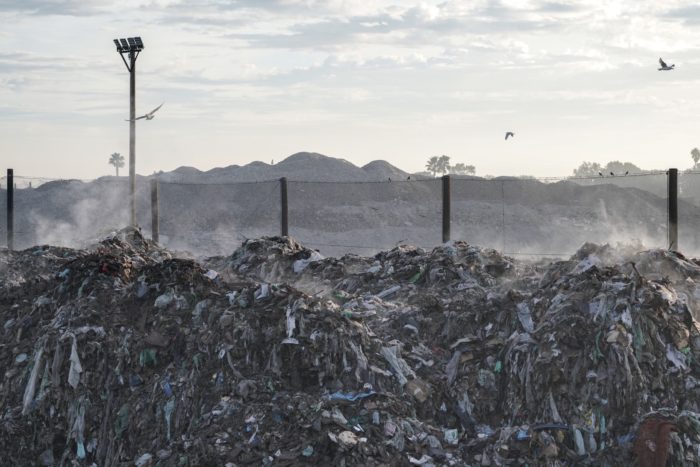
From a policy standpoint, what can (and should) be done to alleviate textile waste?
I’m a big fan of EPR (Extended Producer Responsibility) policies because the options we, the public, have for repairing, reusing, or recycling a product are dependent on design decisions. EPR policies hold the company producing a product more responsible for its end of life, through take-back programs or recycling options, for example. There should be adequate planning, timelines, and investment in the infrastructure needed to process textile waste. For example, if NYC banned textile waste from landfill, that’s an additional 200,000 tons of clothing that may be redirected to an already overwhelmed network of nonprofits. Not only does policy need to include time and investment to build a stable system to collect, sort, and process textile waste, there has to be time and incentives to develop the end market for the recycled product. This could also take the form of restrictions on the materials used to create new garments, so that they are easier to process for recycling or extend the useful life for the consumer.

